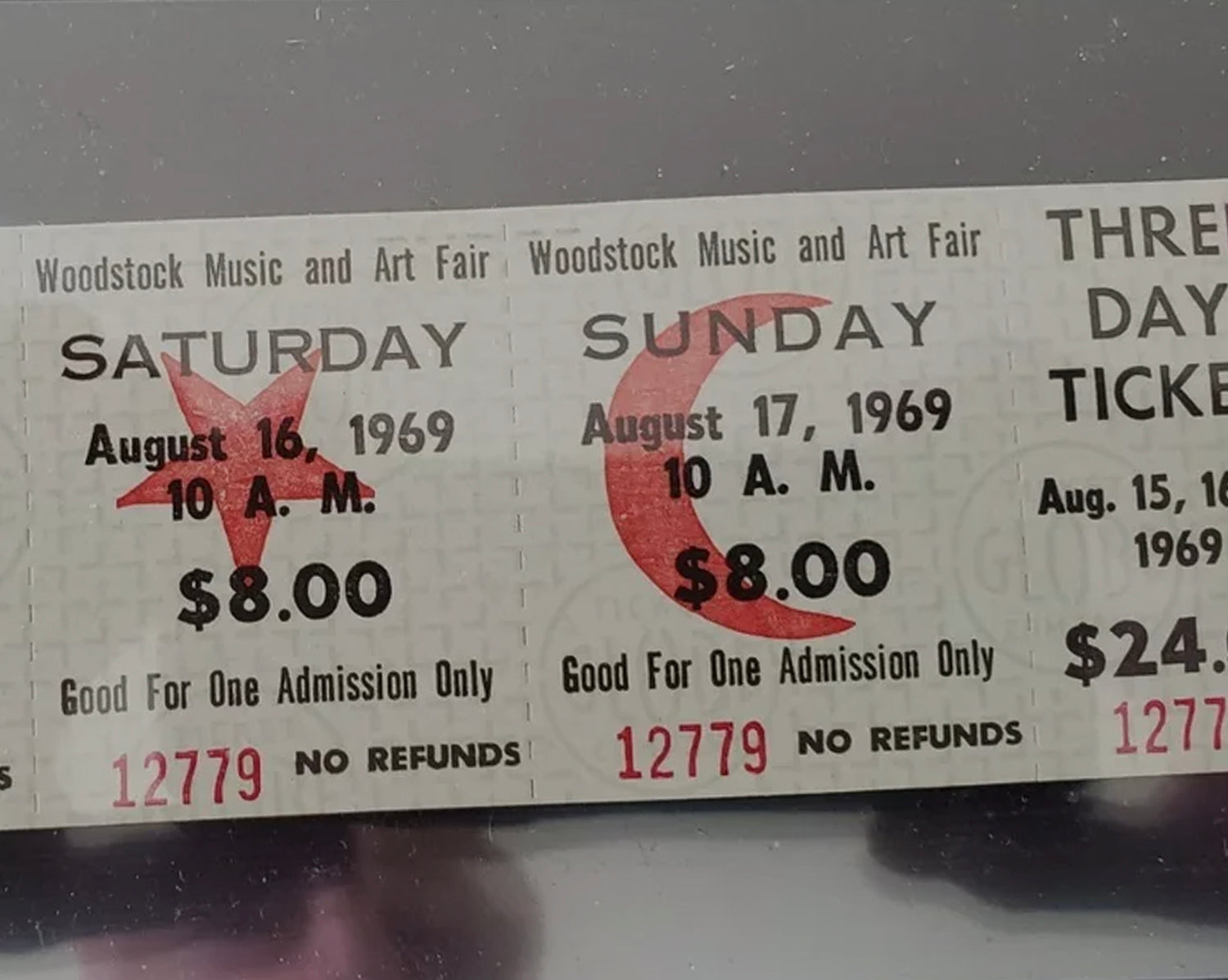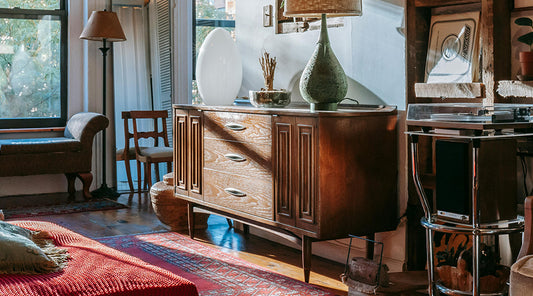
Recovery and Restoration of Old Wooden Tables
Why Recycle Old Wooden Tables?
Restoring an old wooden table is not only an opportunity to save a piece of furniture from oblivion, but also to give new life to a piece with history and character. Restoring and caring for your objects is almost always a rewarding and therapeutic activity that makes us live well in the space around us.
With the right techniques and a little patience, you can transform a battered table into a real protagonist of your home...let's find out how!
Preparation: Evaluation and Cleaning of the Table
Table Condition Assessment
Before you begin, it is essential to carefully examine the condition of the table. Check the solidity of the structure, checking that the legs are stable and that there are no significant cracks or loose parts. Scratches and chips on the surface can be restored, but it is important to understand how much work will be needed. If the table has suffered damage from moisture or insects, it may be necessary to intervene with specific treatments before moving on to the actual restoration. A good initial assessment will help you to better plan the work and avoid surprises during the process.
Deep Wood Cleaning
Cleaning is a crucial step in restoring any wooden furniture. Start by removing dust and surface dirt with a soft cloth. For more stubborn stains or dirt that has accumulated over time, you can use a solution of warm water and mild soap, applied with a damp cloth. Avoid getting the wood too wet, as water can cause warping or staining. If the table has layers of old paint or wax, you may need to use a paint stripper or steel wool to gently remove these layers, preparing it for the next stage of restoration.
Methods for Restoring a Table
Conservative Restoration
Conservative restoration is ideal if you want to maintain the original appearance of the table, especially if it is a piece of historical or sentimental value. This type of restoration involves the use of delicate techniques, such as hand sanding with fine sandpaper to remove surface scratches without damaging the original patina. It may also include repairing cracks or chips using the same type of wood, so as to preserve the integrity of the piece. For older pieces of furniture, it is advisable to use wax or oil-based finishes, which enhance the natural beauty of the wood without altering its appearance too much.
Creative Restyling
If you want to give your table a personal touch, creative restyling is the way to go. This approach allows you to experiment with colors and modern techniques, transforming an old piece of furniture into a unique piece that reflects your style. You can paint the table with colored paints, use stencils to create decorative patterns, or apply patinas to obtain an aged and shabby chic effect. Creative restyling is especially suitable for tables that have already suffered irreparable damage or that do not have a particular historical value, allowing you to play with the finishes without fear of compromising the value of the object.
Table Finishing and Protection
Painting and Protective Treatments
Once the restoration is complete, it is essential to protect the table to ensure its longevity. Varnishing is one of the most common solutions and can be transparent or colored, depending on the desired effect. Water-based varnishes are ideal for those looking for an eco-friendly solution with low VOC (volatile organic compound) emissions. For a more natural look, you can opt for oils or waxes, which nourish the wood and enhance its grain, while offering good protection against wear and stains. Whatever finish you choose, be sure to apply it in thin coats and let it dry completely between applications.
Choosing the Ideal Finish
The right finish depends not only on the type of wood, but also on the use you will make of the table. If the table will be used daily, for example in the kitchen or dining room, it is advisable to choose a high-resistance varnish, capable of protecting the wood from scratches and stains. If the table will have a more decorative function, a wax or oil treatment may be sufficient, giving the wood a soft and natural finish that enhances its unique characteristics. In any case, choosing the finish is a fundamental step to ensure that the restored table is not only beautiful, but also long-lasting.
Ideas for Reusing Old Tables
Once restored, an old table can find new life in different areas of the home. If you’ve restored a large dining table, you might consider using it as a desk or work table in a home office or study. Smaller tables, on the other hand, can be transformed into coffee tables, entryway consoles, or even kitchen islands by adding casters to make them mobile. Don’t limit yourself to the piece’s original function; think outside the box and let your restored table become a versatile and functional addition to your home.
Why Value Your Reclaimed Furniture
Recovering and restoring an old wooden table is an art that combines tradition and innovation. Whether you choose a conservative restoration to keep the charm of the past intact, or a creative restyling to adapt it to your modern style, the result will always be a unique piece, rich in history and personality. With a little effort and the right techniques, you can transform a forgotten table into an authentic masterpiece, ready to become the centerpiece of your decor.










